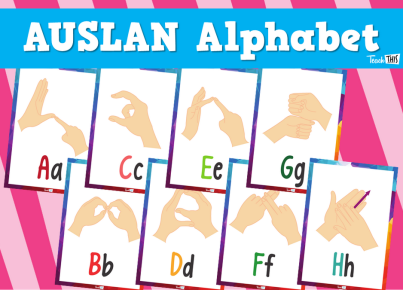Introduction
Interculturality is the interaction between people of different cultural backgrounds, promoting understanding and cooperation in a global context. In language learning, incorporating intercultural elements in the educational process can have a profoundly positive impact on the way students acquire new languages. This article explores eight ways how interculturality can transform language learning experiences for students.
1. Promotes Cultural Sensitivity
By introducing intercultural activities into language learning, students are encouraged to understand and appreciate different cultures. This fosters cultural sensitivity, enabling them to communicate effectively and respectfully with people from diverse backgrounds.
2. Enhances Cognitive Abilities
Intercultural approaches in language learning require students to adapt their thinking patterns and problem-solving skills to comprehend diverse perspectives. This mental gymnastics promotes cognitive flexibility and improves critical thinking abilities.
3. Encourages Empathy
Experiencing other cultures through intercultural activities helps learners appreciate similarities and differences between their culture and others’. This understanding promotes empathy, enabling students to form deeper connections with native speakers while communicating in their target language.
4. Develops Open-mindedness
Understanding multiple cultural contexts broadens a student’s worldview, encouraging open-mindedness and acceptance of diversity. This open-mindedness is essential for effective cross-cultural communication – an increasingly valuable skill in today’s globalized world.
5. Improves Motivation
Engaging in intercultural exchanges can be highly stimulating and rewarding, making the language-learning process more enjoyable for students. This increased interest and motivation make it more likely that students will grasp linguistic nuances faster.
6. Enriches Vocabulary & Idiomatic Knowledge
By incorporating aspects of real-life experiences from diverse cultures into language instruction, students can learn about customs, traditions, idioms, slang, and colloquialisms unique to each culture. This approach offers them well-rounded linguistic knowledge beyond what traditional textbooks provide.
7. Enhances Non-verbal Communication
Interculturality isn’t only about learning spoken language. By integrating cultural elements, students can gain an understanding of non-verbal communication cues common within a specific culture. These cues include gestures, facial expressions, and body language – indispensable components of effective communication.
8. Paves the Way for Successful International Experiences
Mastering a new language alongside understanding the cultural context in which it’s spoken can open up a world of opportunities for students, such as international study programs and career prospects. Ultimately, the intercultural approach to language learning prepares them to excel in a globalized world.
Conclusion
Interculturality is reshaping the way students learn languages by promoting cultural sensitivity, empathy, open-mindedness, and motivation. Furthermore, it enriches vocabulary and idiomatic knowledge while enhancing non-verbal communication skills. In embracing these benefits, students are more prepared to engage in meaningful personal and professional international experiences in an increasingly interconnected world.





